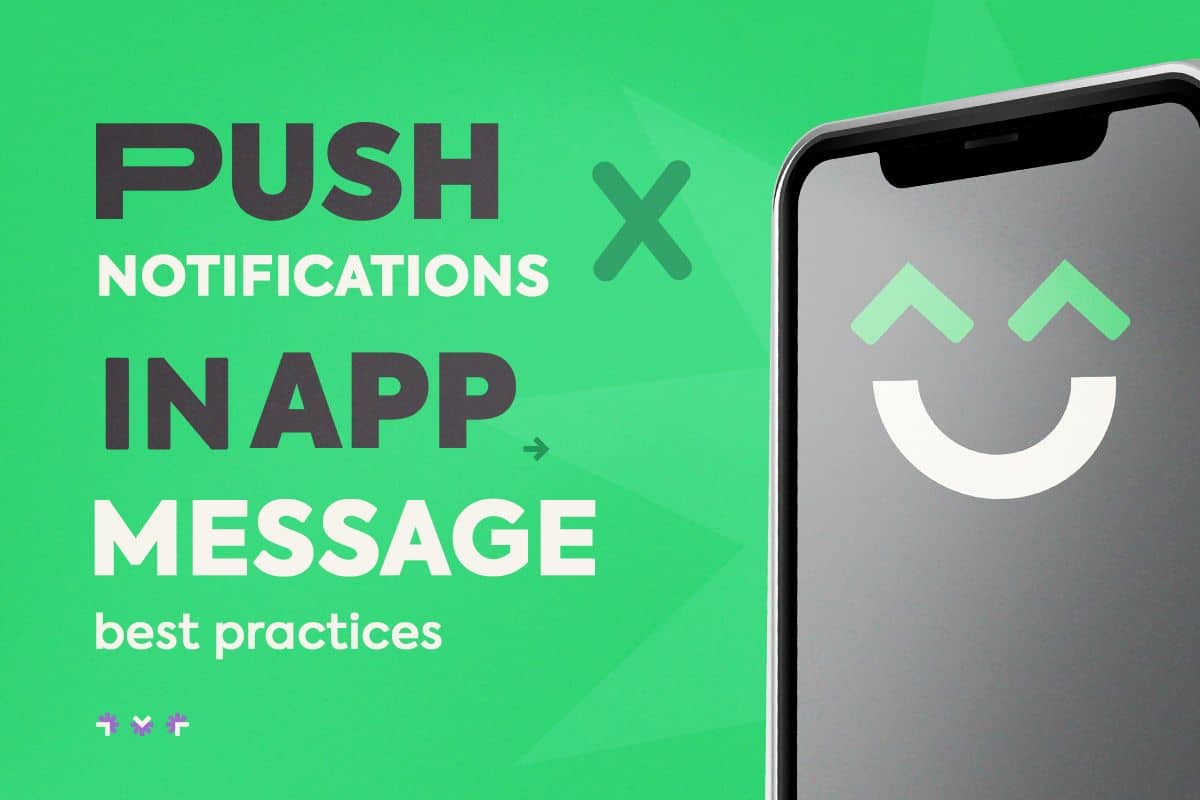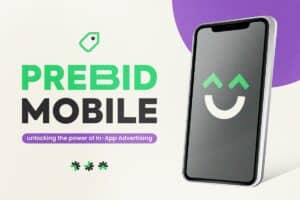Push notifications and in-app messages are two different ways to send information to users. Both can be used to inform about updates, new features, and special offers, but each has its own characteristics and best practices.
If you are an advertising partner of Grumft, welcome to our blog. But if you are not yet, we hope this content motivates you to explore our exclusive programmatic solutions for publishers, app developers, and advertisers. In this article, we will explore the differences between push notifications and in-app messages and provide some recommended practices for using them effectively.
Push Notification x In-App Message
There are two main types of notifications in mobile apps:
- Push Notification: These are the most common and widely used mobile notifications. These messages appear on the device’s screen, even when the user doesn’t have the app open. Typically, push notifications appear on the lock screen or in the notification bar. They are useful for grabbing the user’s attention to important information, such as updates, promotions, or events.
- In-App Message: These are messages that the user receives within the app after opening it. In-app messages are designed to send more targeted and context-sensitive messages, such as chat messages or comments on a post. They are better suited for personalized and direct interactions with the user while they are using the app.
Key Differences between Push Notifications and In-App Messages
Push notifications and in-app messages differ not only in their location but also in their objectives, operating principles, target audience, and the users’ ability to disable them.
The goal of push notifications is to attract the user’s attention and bring them back to the app, while in-app messages guide the user within the app itself. Push notifications work at any time, while in-app messages only work when the user has the app open.
Push notifications are targeted at potentially disengaged users, while in-app messages are targeted at users who are already using the product. It’s important to highlight that users can always disable push notifications, while it’s not always possible to disable in-app messages.
In summary, push notifications and in-app messages are different in their objectives, operating principles, target audience, and the users’ ability to disable them. They are important tools for improving the user experience and increasing engagement within the app.
Push Notifications
Push notifications are a great way to reach your users and encourage them to return to your app. They can be used to inform about important updates, special offers, and future events. However, they can be intrusive if used excessively or with irrelevant messages.
When to Use Push Notifications?
Push notifications are widely used in various situations, such as:
- Promoting the app: These messages are sent to users to inform them about special offers, seasonal discounts, and other brand promotions.
- Informing: Push notifications are triggered by various activities and transactions that the user performs within the app.
- Providing location-specific information: These notifications are based on the user’s current location and aim to provide relevant information for that location.
- Retaining users: These messages encourage the user to continue using the app. A common example is the abandoned cart alert in e-commerce apps. Games also use push notifications for user retention to bring players back to the game.
Best Practices for Push Notifications
- Personalize push notifications to be relevant to each user.
- Use push notifications for important and timely information, such as critical app updates or exclusive offers.
- Limit the frequency of push notifications to avoid overwhelming users with messages.
- Respect the user’s time zone and avoid sending push notifications at inappropriate times.
Read Also: Capture Your Audience’s Attention: GPush, the Key to Engagement and Conversion
In-App Messages
In-app messages are more discreet than push notifications since they appear only within the app. They can be used to provide additional information about a specific feature or encourage users to take specific actions. However, in-app messages can be ignored if not presented in an appealing way.
Types of In-App Messages
There are different types of in-app messages, which can be classified based on their location on the mobile device’s screen:
- Full-page messages: This type of message occupies the entire screen of the device and can be visually appealing, making it effective for increasing brand loyalty and obtaining extra information about the user.
- Center screen messages: This format is good for providing important information that users should not miss, being the most popular location for requesting immediate action.
- Bottom banners: They are useful for discreet communication with users.
- Top banners: They create the effect of a push notification, being effective in grabbing the user’s attention.
Each type of notification has its advantages and is more suitable for different marketing objectives. For example, full-page notifications can be effective in increasing brand loyalty, while center screen notifications are ideal for requesting immediate action. Additionally, in-app messages can be classified as transactional and non-transactional, depending on the type of information they deliver.
Transactional messages are related to the app’s interface and functionality, while non-transactional messages are related to special offers and announcements of new features. It’s important to use different types of in-app messages strategically to meet marketing objectives and improve the user experience.
When to Send In-App Messages?
Apps can send messages to users in various situations to improve the user experience and increase loyalty. Here are some common use cases for in-app messages:
- Personalized recommendations: Using information collected about the user’s behavior and preferences, the app can offer personalized recommendations for relevant and interesting content.
- Gamification elements: Achievement notifications and level rewards can incentivize and reward users, keeping them engaged.
- Sharing with friends: By creating an in-app message, users can easily share the app and their experience with friends.
- Short tips and contextual instructions: In-app messages can display small tips and contextual instructions to help users easily adopt the correct app usage experience.
- Adding friends: Suggest easy ways for users to interact with others within the app.
- Gaining user consent: In-app messages can be used to ask users if they want to receive push notifications and explain the benefits they can gain by enabling them.
- Requesting feedback: In-app messages are an easy way to gather feedback from users while they are engaged with the app.
- Informing about new features: Notifications can be used to inform users about new features and updates in their app.
Best Practices for In-App Messages
- Use in-app messages to inform about important updates or encourage specific actions.
- Personalize in-app messages to be relevant to each user.
- Keep the message brief and clear to avoid overwhelming users with information.
- Use images and other visual elements to make the message more appealing and eye-catching.
Final Thoughts
In summary, pushes are displayed outside the app, while in-app messages are displayed within it. Pushes aim to bring back disengaged users, while in-app messages deal with engaged users.
Both can be used for marketing purposes, but users can disable push notifications, while the decision to disable an in-app message is made by developers. Pushes always appear on the lock screen or at the top of the screen, while in-app messages can appear anywhere.
When choosing which form of messaging to use, it is important to consider the message’s objective and how it can be presented effectively. With the recommended practices above, you can use push notifications and in-app messages effectively to reach your users and encourage them to return to your app. Contact us now and learn about our solution GPush, and rely on Grumft to support you on this journey!





